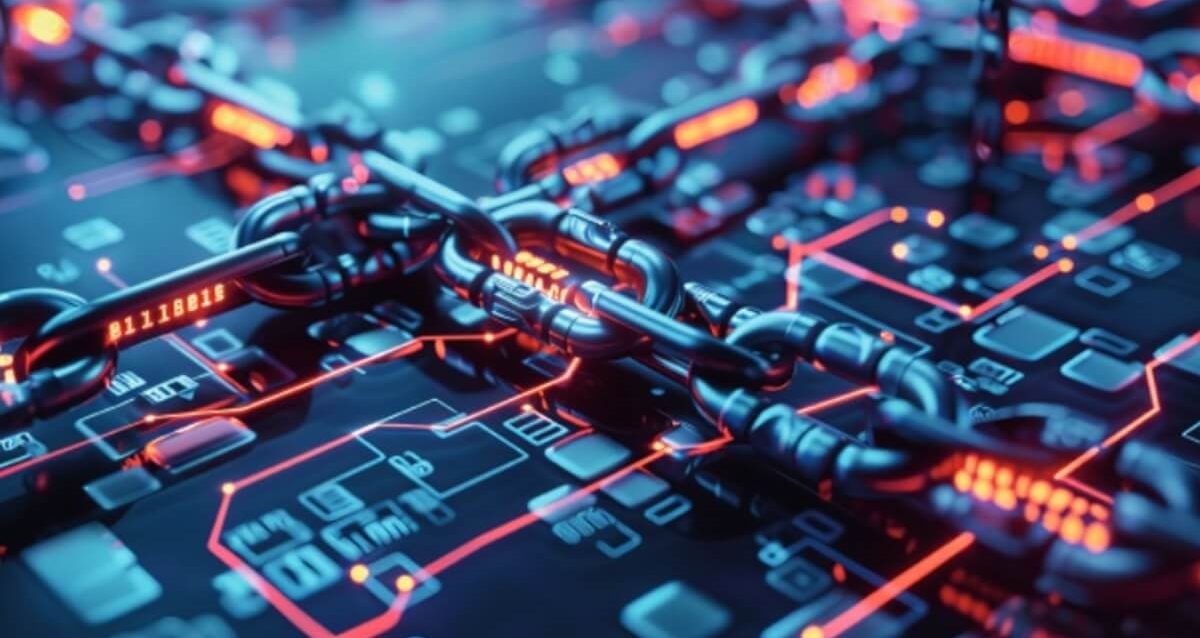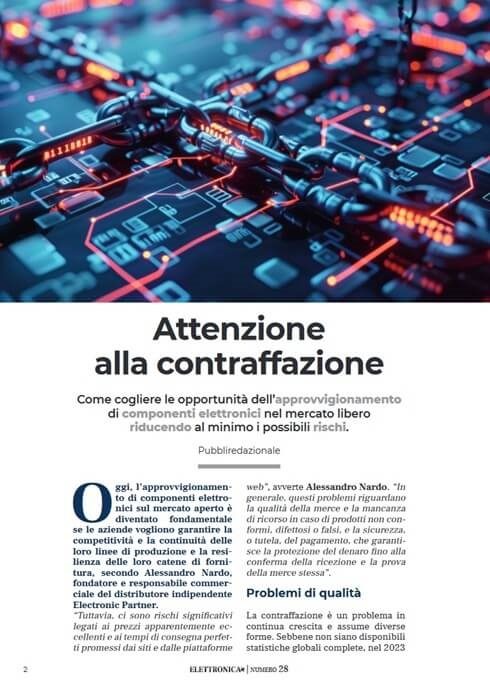Menu


Today, sourcing electronic components on the open market has become inevitable if companies are to ensure the continuity of their production lines and the resilience of their supply chains, according to Alessandro Nardo, founder and sales manager of independent professional distributor, Electronic Partner.
“However, there are significant risks attached to the seemingly excellent prices and perfect delivery times that are promised by websites on the internet, especially for buyers inexperienced in the open market,” Nardo warns. Generally, these problems relate to issues of quality and lack of recourse if the delivered goods are non-compliant, faulty, or fake.
Counterfeiting is an ever-growing problem and takes many forms. While comprehensive global statistics are not available, in 2023 the Semiconductor Industry Association reported that counterfeiting was costing US semiconductor companies in excess of $7.5 billion per year.
Counterfeit goods may come from:
Counterfeit electronic components can cause untold harm. Some of these risks include:
Before purchasing on the open market, companies must find out as much as possible about the legitimacy of the supplier they are buying from, how long they have been in business, whether they have a verifiable track record, what their replacement or restitution policies are, and whether these are dependable and trustworthy.
According to Nardo, the safest choice is to work with a professional independent distributor that has a proven reputation and performance record in the market over time, and that is willing to provide actual references of customers that can be contacted to verify their claims.
He says, “It is even better to partner with an independent distributor like this who also offers escrow services to safeguard your money until the goods are received, and that uses an independent testing house to conduct all the necessary inspections and tests on the products to ensure their authenticity and quality.”
Using a third-party test house ensures that the results of the testing procedures are fully independent of potential bias or of economic interest and that the company will identify and flag any anomalies, abnormalities, or deviances from the manufacturer’s technical specifications for the product.
These companies are highly specialized in various types of testing for counterfeits including:
“Independent test houses that are completely external to the supply channel have no vested interest in demonstrating specific results for the tests,” explains Nardo, “Their expertise enables them to recommend which tests to perform on any specific component based on the history of non-conformities found in other batches. This substantially reduces testing time and increases the success rate of identifying potential counterfeit or sub-par parts.”
With over 20 years’ experience in electronic component distribution, Electronic Partner has built a consolidated and trusted network of fully screened, vetted and proven suppliers even for hard-to-find or obsolete components. “To ensure our customers’ peace of mind, we always offer independent testing on all ordered parts prior to shipping to verify their authenticity and functionality and we continuously monitor reputable industry sources for reported counterfeits,” Nardo concludes.

Article originally published in the print version of Elettronica-AV
Blog article categories:
Search news articles: